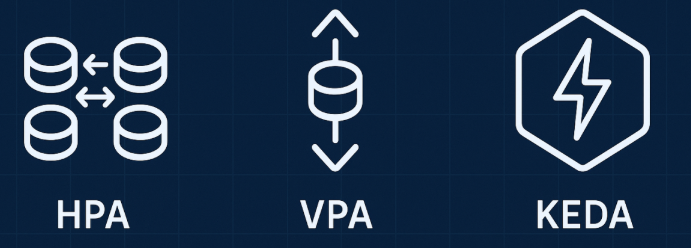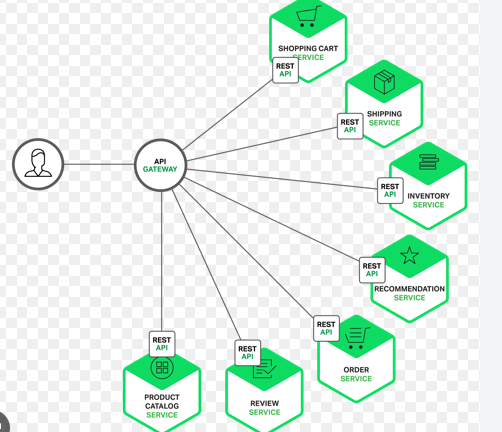Autoscaling - HPA vs VPA vs KEDA
- RNREDDY

- Sep 10
- 2 min read

Kubernetes Autoscaling - HPA vs VPA vs KEDA
Which type of autoscaling should I use for my workload?
Can I scale based on message queues or external triggers?
What happens if I combine multiple autoscaling strategies?
No seasoned Kubernetes professional can skip these questions in their career.
Since there is already tons of information available on how to set up autoscaling, let’s not go there.

Despite being powerful, Kubernetes autoscaling has its pitfalls, understanding how and when to use each autoscaler is critical.
1. Horizontal Pod Autoscaler (HPA)
HPA is the default choice for scaling Kubernetes workloads horizontally by adding or removing pods based on resource utilization or custom metrics.
How HPA Works:
Continuously monitors metrics like CPU, memory, or custom metrics (e.g., request rates).
Adjusts the number of pod replicas in a deployment based on predefined thresholds.
Formula: desiredReplicas = ceil(currentReplicas * (currentMetricValue / targetValue)).
2. Vertical Pod Autoscaler (VPA)
VPA optimizes pod resource requests (CPU and memory) by learning from historical and real-time usage patterns.
How VPA Works:
Analyzes resource utilization and suggests or directly applies changes to resource requests/limits.
Modes:
Auto: Automatically applies resource recommendations.
Initial: Sets resource requests at pod creation only.
Off: Provides recommendations without applying changes.
3. Kubernetes Event-Driven Autoscaling (KEDA)
KEDA extends autoscaling to handle event-driven workloads by scaling deployments based on external triggers like message queues, HTTP requests, or custom metrics.
How KEDA Works:
Integrates with external systems (e.g., Kafka, RabbitMQ) to fetch metrics and decide scaling.
Uses ScaledObjects to define scaling rules and event sources.
To be honest, we can’t sum up the depth of KEDA in a short phrase, so we are bringing a hands-on webinar with live exploration and demonstration from the KEDA Project Maintainer - Zbyněk Roubalík himself.
Only 50 seats available. Register now! →
For many workloads, a hybrid approach works best:
HPA + VPA: Use HPA to scale pods based on CPU/memory usage while VPA adjusts pod resource requests for efficient utilization.
HPA + KEDA: Use HPA for resource-based scaling and KEDA for event-driven scaling.
HPA + VPA + KEDA: Combine all three for workloads that are both resource-intensive and event-driven, ensuring cost efficiency and performance.



Comments